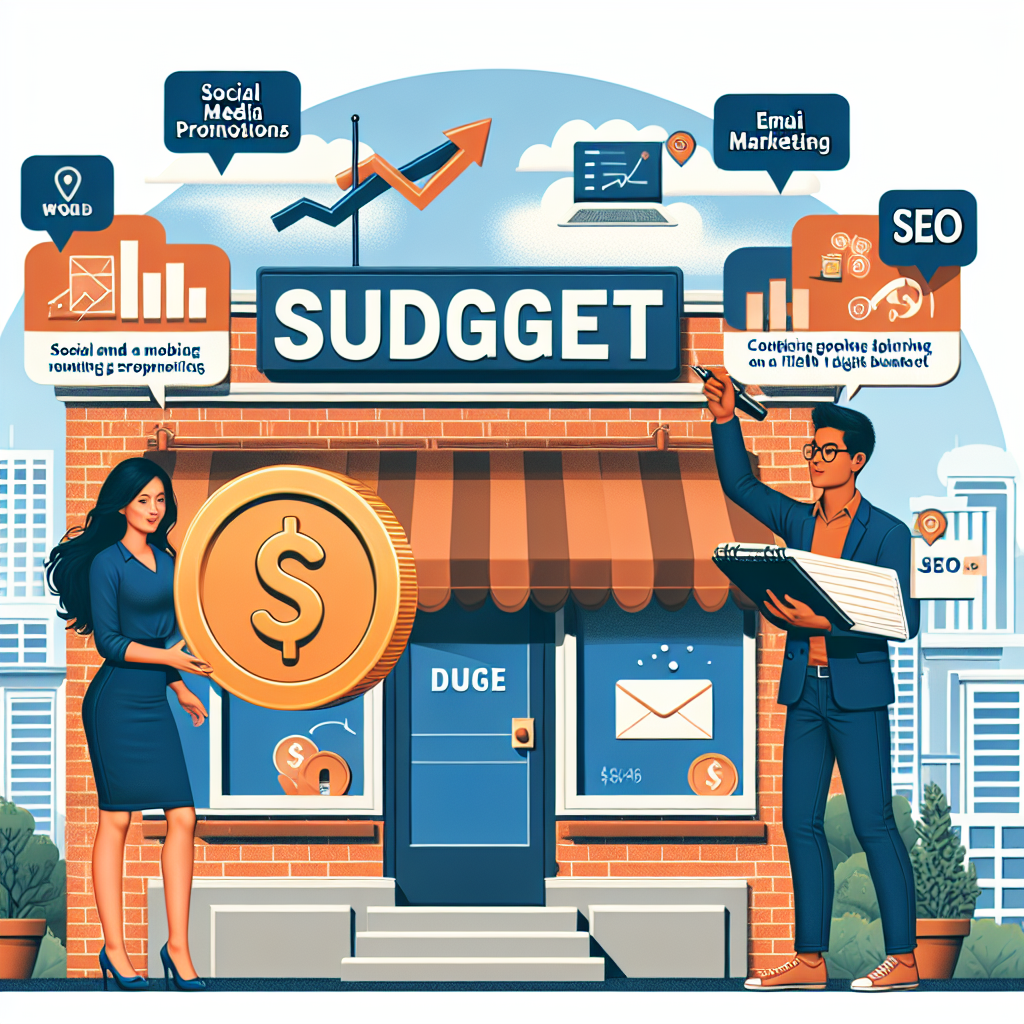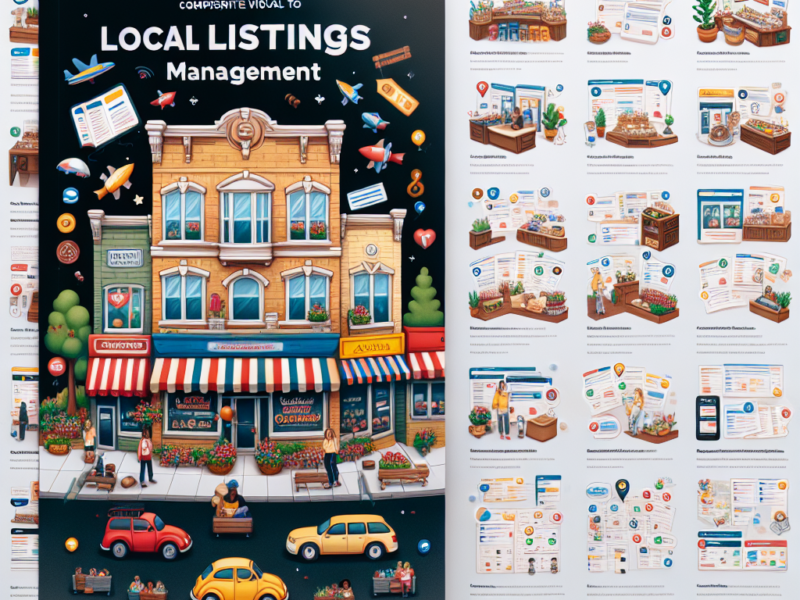-
Table of Contents
- Digital Advertising on a Budget: Tips for Small Businesses
- Understanding the Basics of Digital Advertising
- Setting a Realistic Budget for Digital Advertising
- Choosing the Right Platforms for Digital Advertising
- Leveraging Free and Low-Cost Marketing Tools
- Creating Compelling Content on a Budget
- Measuring and Optimizing Your Digital Advertising Campaigns
- Conclusion: Maximizing ROI in Digital Advertising
Digital Advertising on a Budget: Tips for Small Businesses

For small businesses, the digital landscape offers a plethora of opportunities to reach new customers without the need for a hefty advertising budget. In this comprehensive guide, we will explore various strategies and tips that small businesses can employ to maximize their digital advertising efforts while keeping costs low. From understanding the basics of digital advertising to leveraging cost-effective platforms and tools, this article will provide actionable insights and examples to help small businesses thrive online.
Understanding the Basics of Digital Advertising
Digital advertising involves promoting products or services through digital channels such as search engines, websites, social media platforms, email, and mobile apps. With the right approach, digital advertising can be a cost-effective way for small businesses to increase visibility and drive sales.
- Pay-Per-Click (PPC) Advertising: Advertisers pay a fee each time one of their ads is clicked. Google Ads and Bing Ads are popular platforms for PPC.
- Social Media Advertising: Platforms like Facebook, Instagram, and Twitter offer targeted advertising options to reach specific demographics.
- Content Marketing: Creating and distributing valuable content to attract and engage a target audience.
- Email Marketing: Sending targeted messages to a list of subscribers to promote products or services.
Setting a Realistic Budget for Digital Advertising
One of the first steps in successful digital advertising on a budget is setting a realistic budget. Small businesses need to determine how much they can afford to spend on digital advertising and expect reasonable returns on their investment.
- Assess Financial Resources: Review your business’s financial situation to determine how much you can allocate to digital advertising without straining your finances.
- Define Advertising Goals: Whether it’s increasing brand awareness, generating leads, or driving sales, having clear goals will help you allocate your budget more effectively.
- Start Small: Begin with a modest budget to test different advertising strategies and increase spending as you see positive results.
Choosing the Right Platforms for Digital Advertising
Selecting the right platforms is crucial for effective digital advertising. Small businesses should consider where their target audience spends most of their time online and what platforms can offer the best return on investment.
- Google Ads: Ideal for reaching customers actively searching for products or services similar to yours.
- Facebook and Instagram: Excellent for visual advertisements and reaching a broad demographic.
- LinkedIn: Best suited for B2B companies looking to connect with professionals and other businesses.
- Local SEO: Optimizing your online presence to rank higher in local search results can be highly effective for local businesses.
Leveraging Free and Low-Cost Marketing Tools
There are numerous free and low-cost tools available that can help small businesses enhance their digital advertising efforts. These tools can assist in everything from keyword research and graphic design to analytics and campaign management.
- Canva: A user-friendly graphic design tool perfect for creating professional-looking ads.
- Google Analytics: Essential for tracking website traffic and the effectiveness of your advertising campaigns.
- Hootsuite or Buffer: Social media management tools that help schedule posts and analyze social media engagement.
- Mailchimp: An email marketing platform that allows you to create, send, and analyze email campaigns.
Creating Compelling Content on a Budget
Content is at the heart of digital advertising. Creating high-quality, engaging content doesn’t have to break the bank. Small businesses can use various cost-effective strategies to produce content that attracts and retains customers.
- User-Generated Content: Encourage your customers to share their experiences with your brand, which can provide authentic and persuasive content.
- Blog Posts: Regularly update your blog with informative and relevant articles that target your audience’s interests and needs.
- Videos: Use tools like Animoto or Adobe Spark to create professional-looking videos without a high cost.
- Infographics: Tools like Piktochart allow you to create infographics that can be shared on social media and your website.
Measuring and Optimizing Your Digital Advertising Campaigns
It’s essential for small businesses to track the performance of their digital advertising campaigns and make adjustments as needed. This ensures that your advertising budget is being spent effectively and helps improve your overall strategy.
- Set Key Performance Indicators (KPIs): Identify what metrics are most important for your business (e.g., click-through rates, conversion rates).
- Use Analytics Tools: Utilize tools like Google Analytics and Facebook Insights to monitor campaign performance and user engagement.
- A/B Testing: Experiment with different versions of your ads to see which performs better and refine your approach based on data.
Conclusion: Maximizing ROI in Digital Advertising
Digital advertising on a budget is not only feasible but can also be highly effective for small businesses willing to invest time and effort into crafting strategic campaigns. By setting a realistic budget, choosing the right platforms, leveraging cost-effective tools, creating compelling content, and continuously optimizing campaigns, small businesses can achieve significant growth and improve their return on investment in digital advertising.
Remember, the key to successful digital advertising is not how much you spend, but how wisely you spend it. With the tips and strategies outlined in this article, small businesses can make the most of their digital advertising efforts and see substantial improvements in their online presence and sales.


